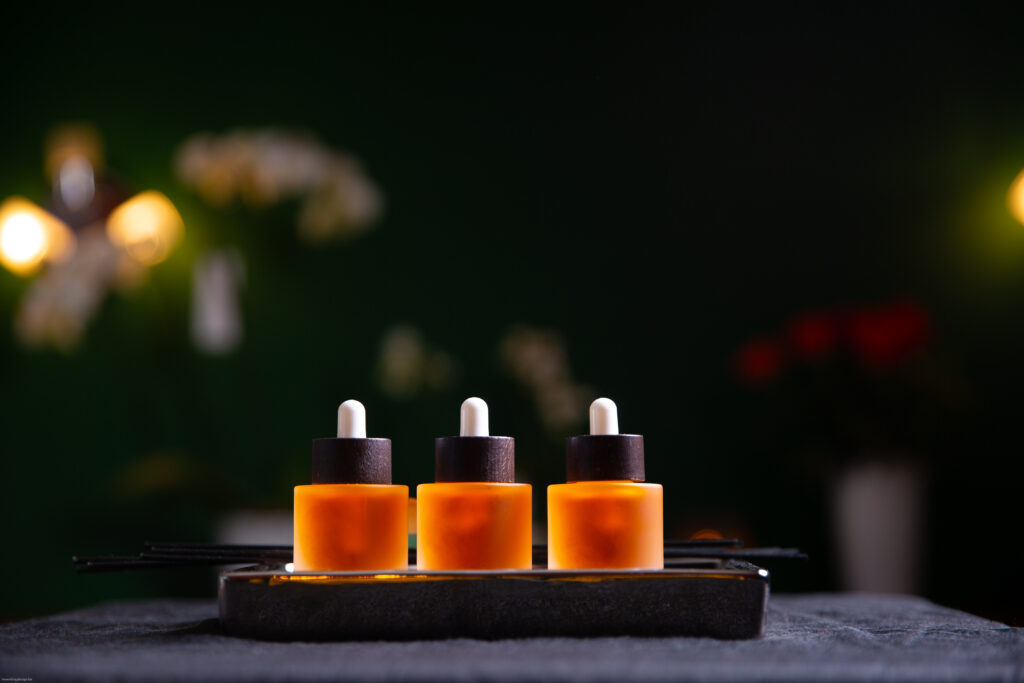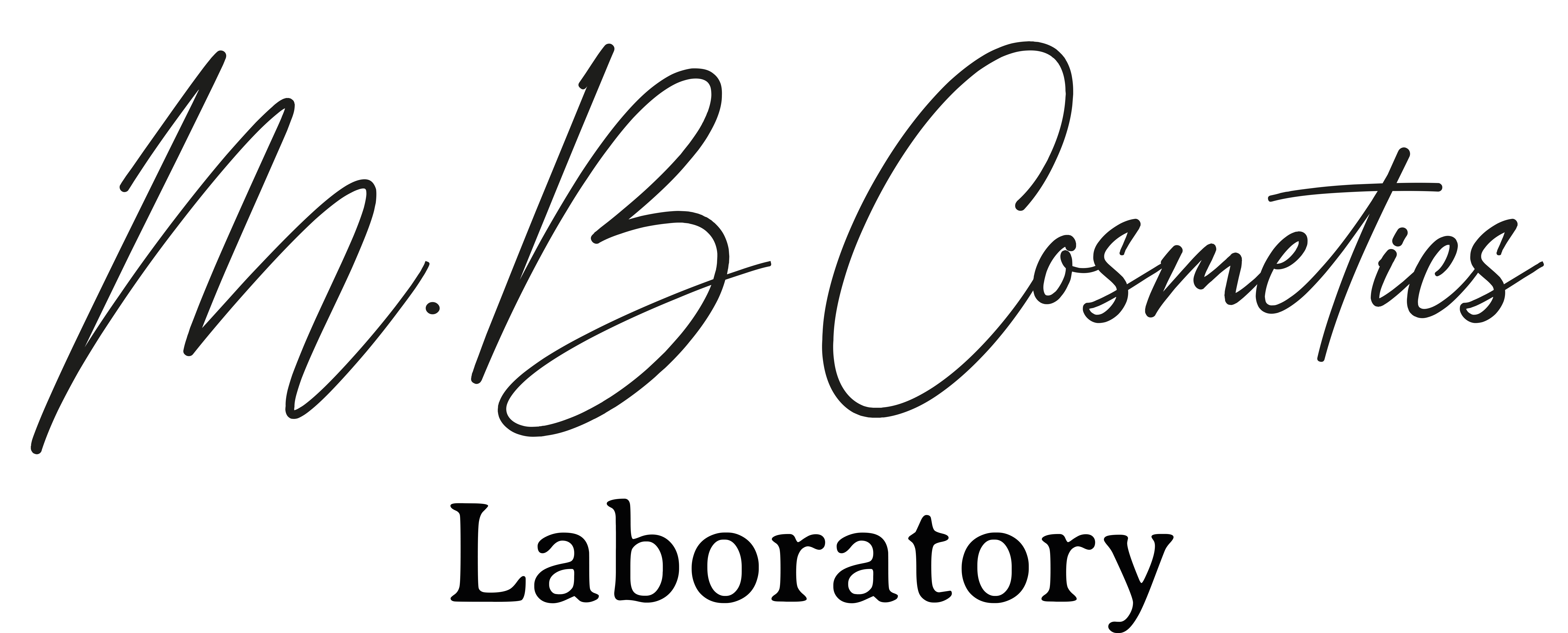Let’s stir up some magic in the lab! Today’s hot topic is all about staying compliant as a cosmetic brand!
So, you’re ready to launch your cosmetic brand in Europe. Your formulas are beautiful. Your packaging is dreamy. You’re getting samples ready for influencers. Everything feels so close.
But there’s one massive piece of the puzzle that too many founders overlook until it’s too late: EU compliance.
Regulatory compliance isn’t the glamorous part of launching a skincare or beauty brand—but it’s the foundation of everything. Without it, your business is at risk of recalls, fines, or even getting pulled from the market.
If you’re planning to sell in the EU (or UK, which follows a similar framework), here are 7 of the most common—and costly—mistakes founders make when it comes to cosmetic regulation. Let’s walk through them together, and show you how to get it right.

❌ MISTAKE #1: Thinking Compliance Only Applies to “Big Brands”
This is one of the biggest myths I hear from indie beauty founders:
“I’m just starting out. I only make small batches. Surely I don’t need all that regulation stuff yet?”
Unfortunately, the law disagrees.
Under EU Regulation (EC) No. 1223/2009, every cosmetic product placed on the EU market—regardless of batch size, business size, or channel—must comply. That includes:
- Handmade soaps and balms
- Artisan skincare and haircare
- Ecommerce-only brands
- Products sold through salons, spas, or markets
There is no small business exemption. Getting it right from the start saves you from future headaches when you scale.
❌ MISTAKE #2: Thinking the CPSR Is Just a Formality
Let’s clear this up: the Cosmetic Product Safety Report (CPSR) is not just a rubber stamp.
It’s a scientific, legally required assessment performed by a qualified safety assessor. It covers:
- Ingredient safety and toxicology
- Raw material traceability
- Intended use and area of application
- Dermal exposure estimates
- Microbiological quality and stability
If your product doesn’t have a CPSR, it cannot be legally sold in the EU/UK.
🧪 You’ll need it to register on the CPNP (EU) or the SCPN (UK)
❌ MISTAKE #3: Missing or Incomplete Product Information File (PIF)
Think of your PIF (Product Information File) as your product’s passport.
It must be available to competent authorities in the EU/UK and stored for 10 years after the last batch is placed on the market.
Your PIF must include:
- CPSR (Parts A & B)
- Manufacturing method (GMP compliance)
- Product description
- Claims substantiation
- Label and packaging artwork
- Proof of effect (e.g. test results, user trials)
Many founders assume having a formula and safety assessment is enough—but without a full PIF, your product is not legally compliant.

❌ MISTAKE #4: Copy-Pasting Claims From Competitors
“I saw another brand say this on their label, so it must be okay…”
This is one of the most common (and risky) shortcuts new brands take.
Under EU law, cosmetic claims must be truthful, substantiated, and not misleading. That includes:
- “Anti-ageing” (requires evidence)
- “Eczema relief” (requires evidence & is at the intersection of the cosmetic & medical field)
- “Heals acne” (not part of the cosmetic field)
- “Clinically proven” (requires evidence)
- “Organic” (requires certification)
To use these claims legally, you need evidence, such as:
- Instrumental test results
- User trial data
- Ingredient-specific substantiation (from suppliers or clinical studies)
📌 Cosmetics cannot make medicinal claims. If you say your balm “heals” or “repairs” anything, you’ve crossed into medical territory.
❌ MISTAKE #5: Misunderstanding Ingredient Restrictions
Not all “natural” ingredients are automatically safe or allowed.
The EU has strict annexes of:
- Prohibited ingredients
- Restricted ingredients (with max usage limits or special conditions)
- Allergens that must be labelled above thresholds
Some common issues include:
- Using essential oils above dermal limits
- Exceeding safe levels of ingredients
- Ignoring phototoxicity risks in citrus oils
- Overlooking new updates (e.g. 2023/1545 allergen labelling regulation)
💡Just because an ingredient is allowed in the US or China, doesn’t mean it’s allowed in the EU/UK.
❌ MISTAKE #6: Labelling That Doesn’t Meet Requirements
Your product label is your brand’s face—but it’s also a legal document.
To comply with EU labelling regulations, your product must include:
- Product function (if not obvious)
- Product name
- Brand name
- INCI list of ingredients (in descending order, ≥1%)
- Batch number
- Country of origin (for non-EU brands)
- Net weight/volume
- Allergens (if required)
- Responsible Person name + address
- Shelf life (“best before” or PAO symbol)
❌ MISTAKE #7: No Registered Responsible Person (RP)
Under EU law, every cosmetic product must have a designated Responsible Person (RP) based in the EU or UK.
This person or entity is responsible for:
- Holding and maintaining the PIF
- Communicating with authorities
- Notifying the product on the CPNP (Cosmetic Product Notification Portal)
- Ensuring labelling and claims are correct
This RP can be you or your company. But if you’re based outside the EU, you must appoint a professional RP within the region before your product is sold. If you are in the EU but wish to sell in the UK, you’ll need a UK RP too and vice versa.
This is not optional—and without one, you can’t legally sell your product.

✅ Getting EU Compliance Right: What Smart Founders Do
Here’s the good news: compliance doesn’t have to be confusing or overwhelming.
Smart beauty brand founders:
- Build compliance into their product development process, not after
- Understand the “why” behind each requirement
- Work with qualified safety assessors and regulatory consultants
- Create batch records and SOPs from day one
- Keep PIFs organised and update them with each product iteration
- Stay current with EU regulatory updates (yes, they happen regularly!)
Compliance Isn’t Optional—It’s Your Brand’s Foundation
Let’s face it: navigating EU cosmetic regulations takes time, strategy, and care. But it’s also what separates a passion project from a professional beauty brand.
Getting your PIF, CPSR, labelling, claims, and RP sorted isn’t just about ticking boxes—it’s about building a company that’s ready for growth, trust, and longevity.
Whether you’re just launching or already selling and wondering if your paperwork is “good enough”—take the time to get this right. Your business—and your customers—deserve nothing less.
Here’s to formulas that work and brands that thrive.
From My Lab to Yours,
Rose


Add comment